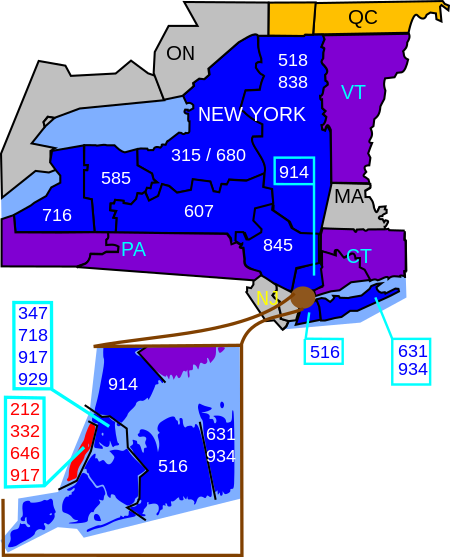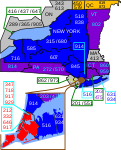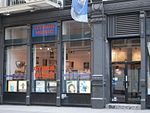The New York University Tisch School of the Arts (commonly referred to as Tisch) is the performing, cinematic and media arts school of New York University.
Founded on August 17, 1965, Tisch is a training ground for artists, scholars of the arts, and filmmakers. The school is divided into three Institutes: Performing Arts, Emerging Media, and Film & Television. Many undergraduate and graduate disciplines are available for students, including: acting, dance, drama, performance studies, design for stage and film, musical theatre writing, photography, record producing, game design and development, and film and television studies.The school also offers an inter-disciplinary "collaborative arts" program, high school programs, continuing education in the arts for the general public, as well as the Clive Davis Institute of Recorded Music, which teaches entrepreneurial strategies in the music recording industry. A dual MFA/MBA graduate program is also offered, allowing students to take coursework at both Tisch and NYU's Stern School of Business. It is located at 721 Broadway (the intersection of Broadway St. and Waverly Place), adjacent to the university's Department of Philosophy building and the Gallatin School of Individualized Study, in the Greenwich Village neighborhood of Lower Manhattan, New York City. In 2013, NYU opened a new technology hub on its Brooklyn campus called the Media and Games Network (MAGNET). Located at 2 MetroTech Center and, beginning in 2019, 370 Jay Street, MAGNET houses three Tisch programs: the Clive Davis Institute of Recorded Music, the Interactive Telecommunications/Interactive Media Arts programs (ITP & IMA), and the Game Center; these programs work in collaboration with departments in media technology from NYU's Tandon School of Engineering and Steinhardt School of Culture, Education, and Human Development.As of 2019, 22 Academy Award winners, 17 Emmy Award winners, 12 Tony Award winners, and four Grammy Award winners have been affiliated with Tisch alumni and faculty. As of 2017, the school had more than 25,000 alumni working in the arts and related professions, and has more alumni in Broadway theatre than any other school for theater in the United States.





